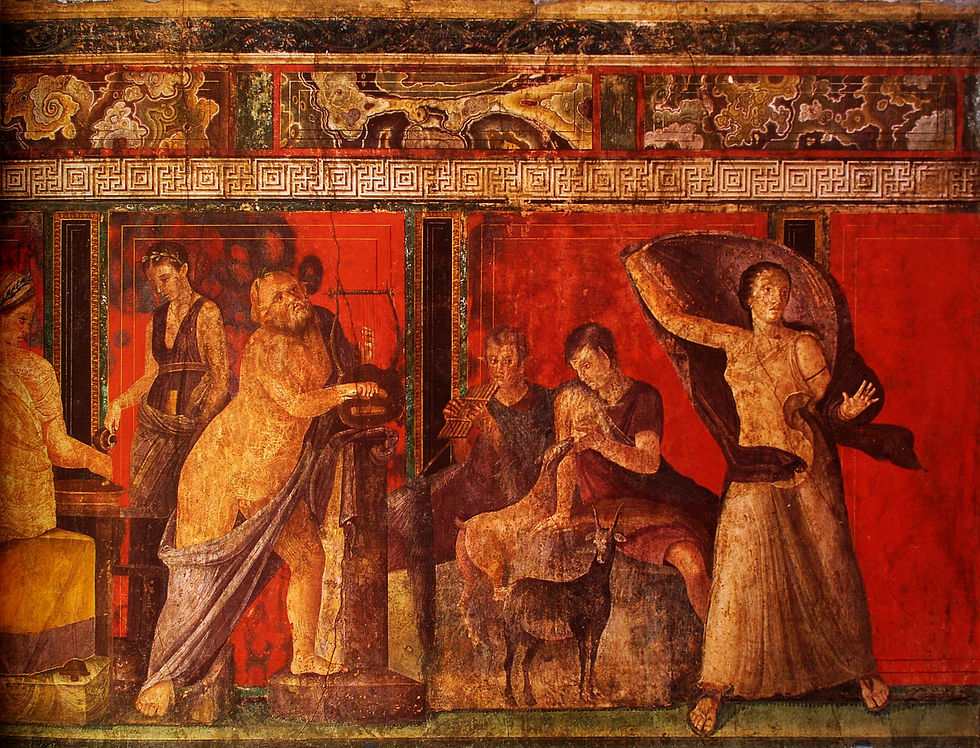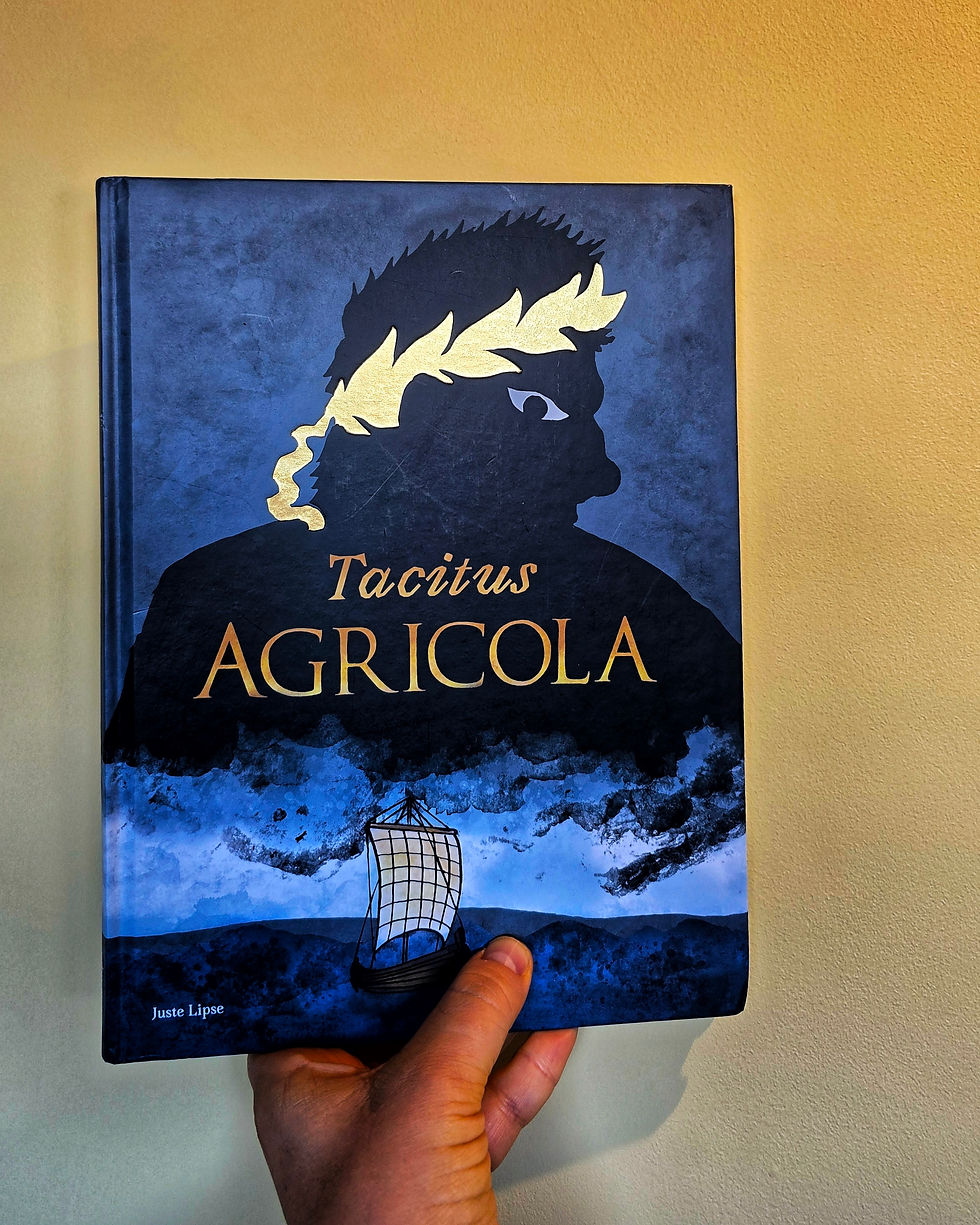Get a 9 in Virgil for OCR GCSE Latin: tips, resources and information to succeed
- Ana Martin

- Jun 20, 2024
- 4 min read
Updated: Mar 5
This module weighs 25% of your GCSE grade and will be examined with a 50-mark paper that lasts 1 hour.
Here is what you will find in this page:
But before you start, if your grammar and vocabulary are wobbly, you will need to work on that first to make sure that it is not stopping you from understanding the set text. If you are short on time, I recommend working on my self-paced Grammar Revision course, which you can access here:
The structure of the examination paper
The structure of this paper is the same as for the Prose set text. You will have a combination of shorter and longer questions to test your understanding of text and context. Make yourself familiar with past papers to see how marks are generally allocated.
You should expect:
Shorter questions on the content and questions asking you to identify Latin words or literary devices: check the number of marks to get an idea of the answer expected, and note that you only need Latin when it asks you to quote the Latin.
Translation exercises (5 marks): make sure you translate the passage word by word by looking at the Latin and not using a previously memorised English text. For more on memorising the verse set text see below.
Literary analysis (8 marks): here is where you show you understand how the author is delivering the content to make it a striking literary piece. 8 markers are not as difficult as you imagine if you have a good understanding of what the text sounds like and what it means. I highly recommend using the MANGOES method to structure your answer. You can read more about it in my blog post dedicated to literary analysis.
Mini-essay (10 marks): here is where you show you know the story thoroughly by including plenty of detail while you talk about it in English in an organised, compelling and convincing way. For more on 10 markers see here.
This post contains affiliate links, which help me keep producing free resources at no extra cost to you. As an Amazon Associate, I earn from qualifying purchases, but I only ever recommend products that I use and believe are worthwhile.
Introducing Virgil for GCSE
Before getting started with the original Latin, you will want to have a general idea of the author and his time. I highly recommend the choice of lectures on Massolit, but there are also some very useful resources that are freely available:
Open resources to study Virgil for GCSE:
A great starting point is this in Our Time podcast: In Our Time: the Aeneid.
To learn more about the Aeneid, you could also take this free OU introductory course online. These Open University courses are rigorous and very engaging, and you can even earn a certificate!
For a deeper understanding of the text itself, I highly recommend Stanford University's full podcast on the Aeneid. In this set of lectures from Susanna Braund's course, "Virgil's Aeneid: Anatomy of a Classic", you will gain an excellent understanding of both text and context. If you want to stay focused on the OCR syllabus, then start with the introduction and the commentary to Book 1.
When you write your 10 marker, you will mostly be drawing from the plotline, but you will need to be standing on very firm knowledge of the world of Virgil and the background of Aeneas as a Trojan hero to understand the actions of the characters, for example Juno, and the relevance of the story for contemporary Romans.
Massolit:
You can ask your school if they have a Massolit subscription. If your school does not have a subscription, I highly recommend you take a look at it and consider the investment - you can start with a 7 day free trial. Once you are all set up, you can watch this course to help you understand the background of the story:
Virgil: Aeneid by Prof. Llewelyn Morgan of Oxford University
Working on the set text
The best existing tool to understand, translate and analyse this passage of the Aeneid is the AP Latin page by Hands Up Education. There, you will find a hyperlinked text, a vocabulary tester, plenty of literary analysis notes and even the text fully scanned.
I review it in this video:
Here are some other resources you might want to have:
- An appealing translation of the Aeneid
There are plenty of free available translations online (e.gr. in Poetry in Translation or through Perseus for Dryden and Williams), but I recommend the Penguin edition which comes as well with a useful introduction
- A good edition of the Latin text. I recommend using the Bristol texts, which come with handy notes for translation as well as a useful vocabulary section and help with scansion and style. Keith McLennan's edition of Aeneid 1 is perfect for this.

Tips to learn the verse set text

There will be a 5 marker to test your translation skills in particular. However, knowledge of the set text is required for the whole of the paper, and you DO NOT NEED TO learn the English verbatim. This is what you should do instead:
Check your knowledge at regular intervals by reading the Latin, translating, then checking against the model translation. You should be able to pick out phrases and individual words, as well as have a very good grasp of the overall meaning. To check that you understand all words individually, you can either use a glossary or a tool like Hands Up text explorer and digital commentary. It has the advantage of showing you alternative meanings, which can be very helpful if for some reason you are finding the translation you did in class tricky to understand.
Additional resources:
(keep an eye here, as I will be adding more as we go along!)




Comments